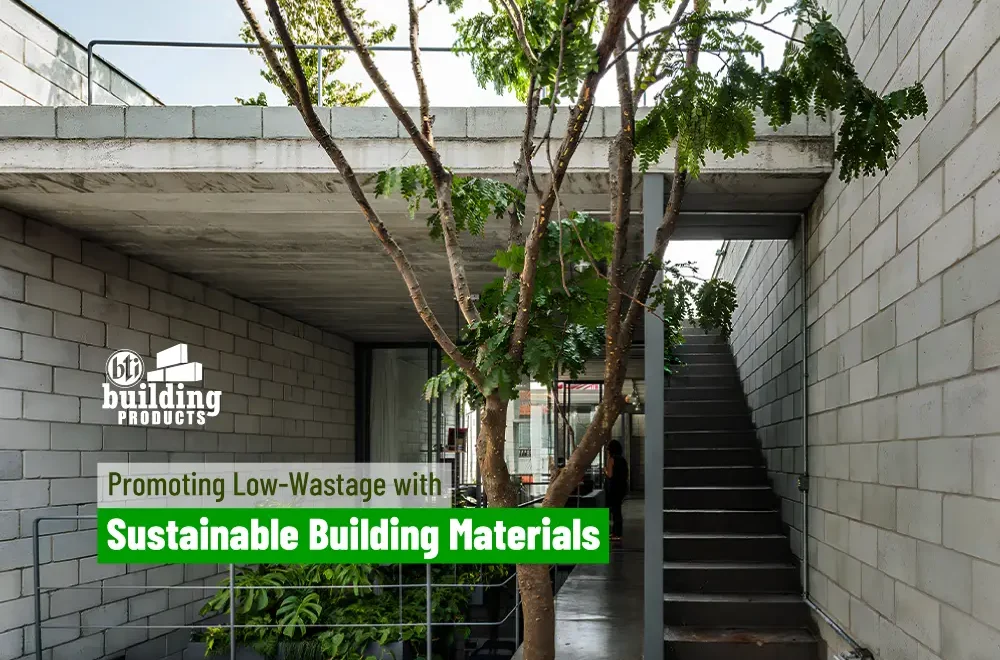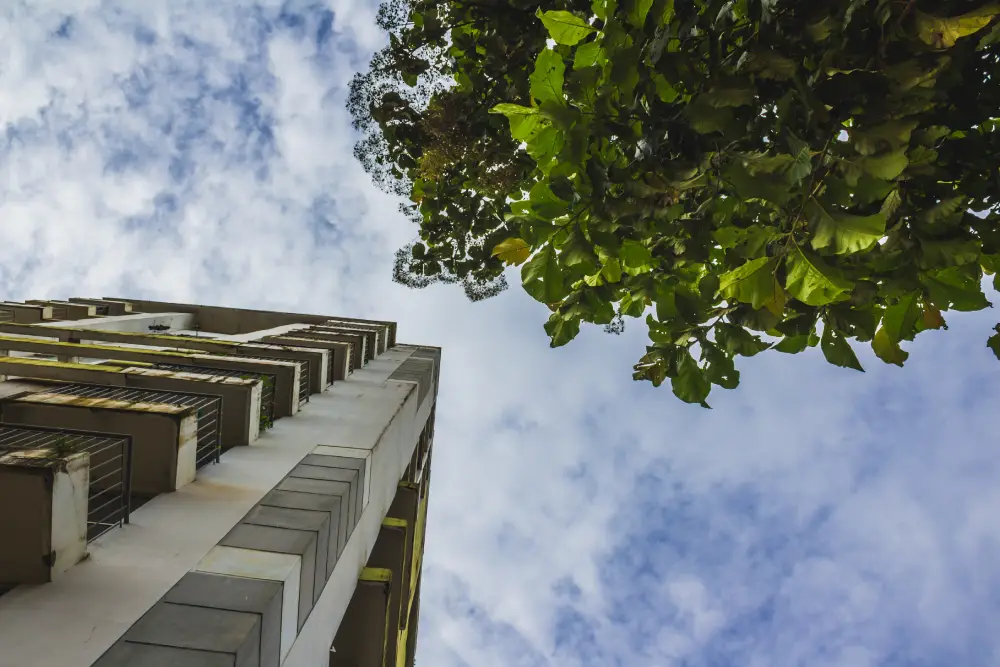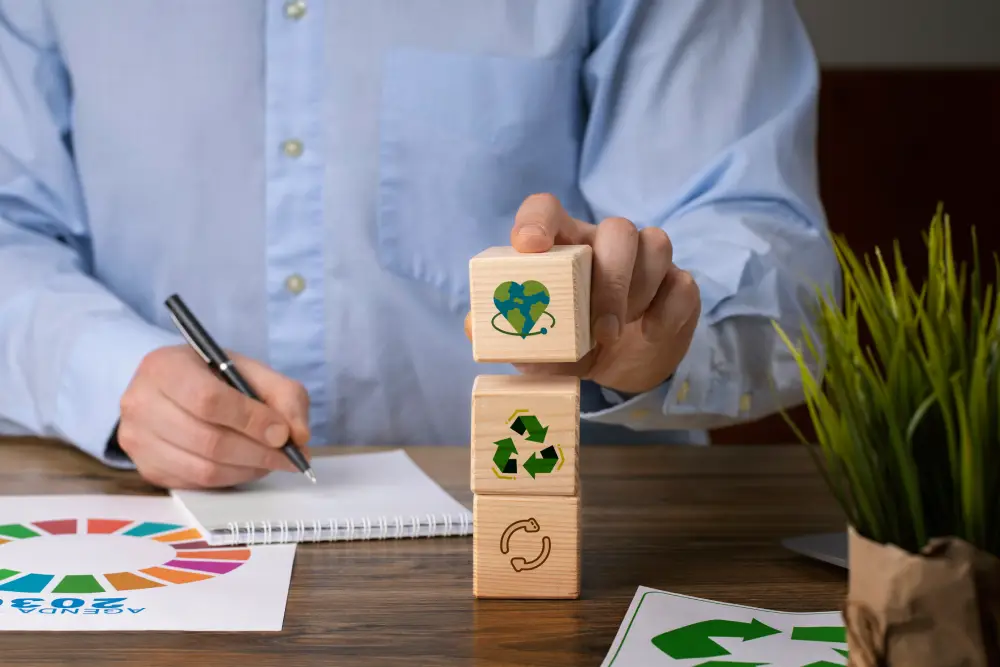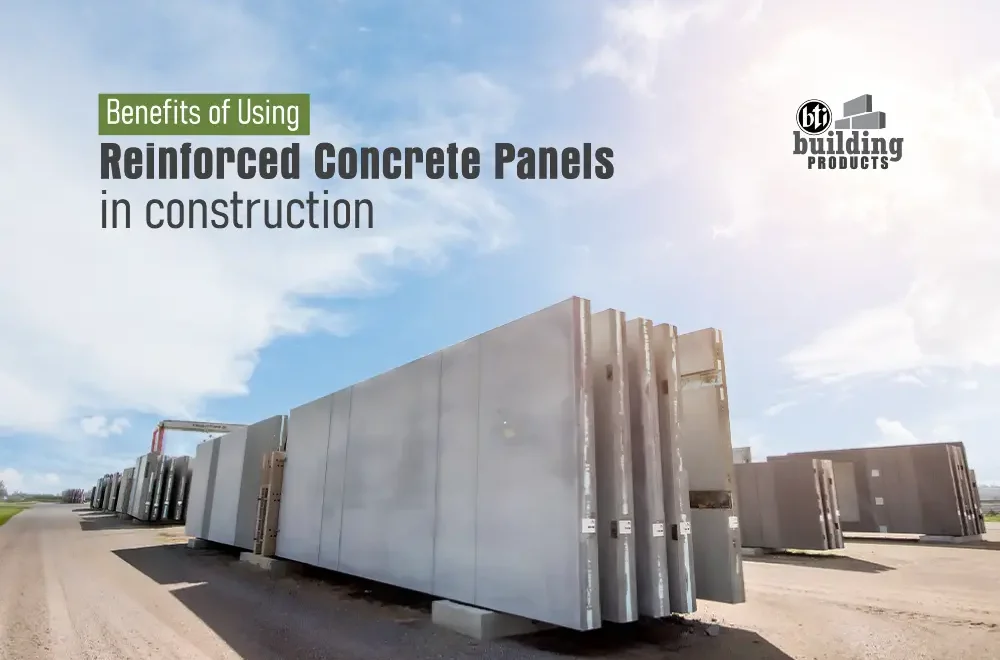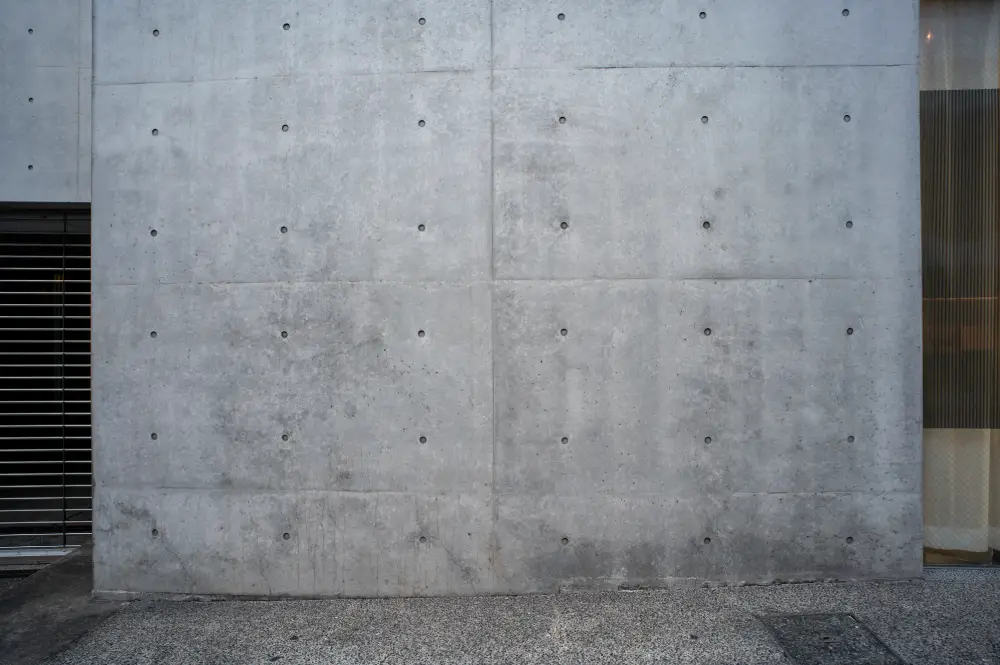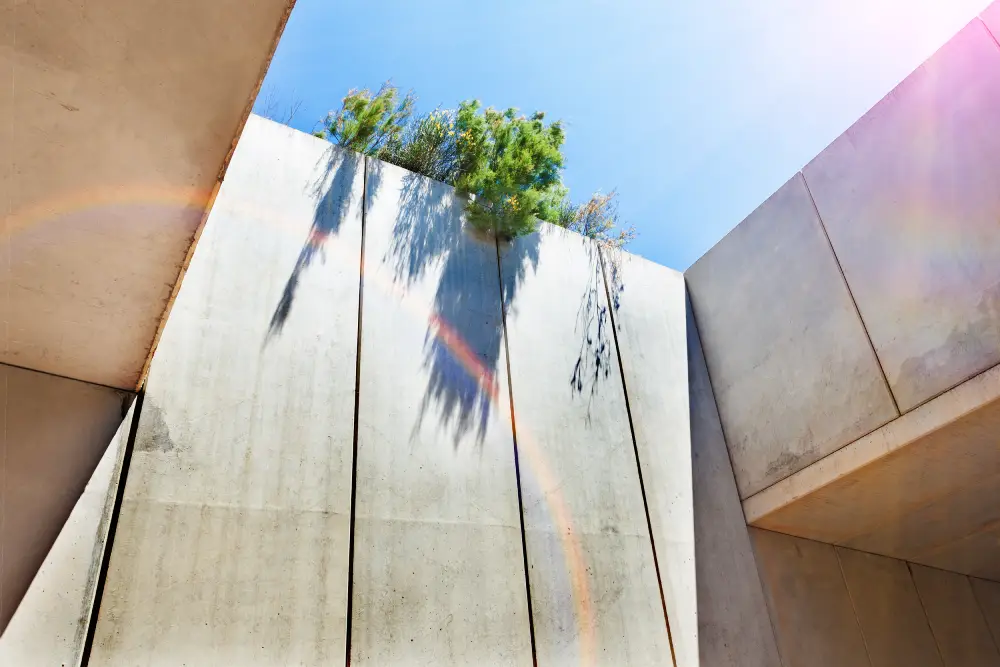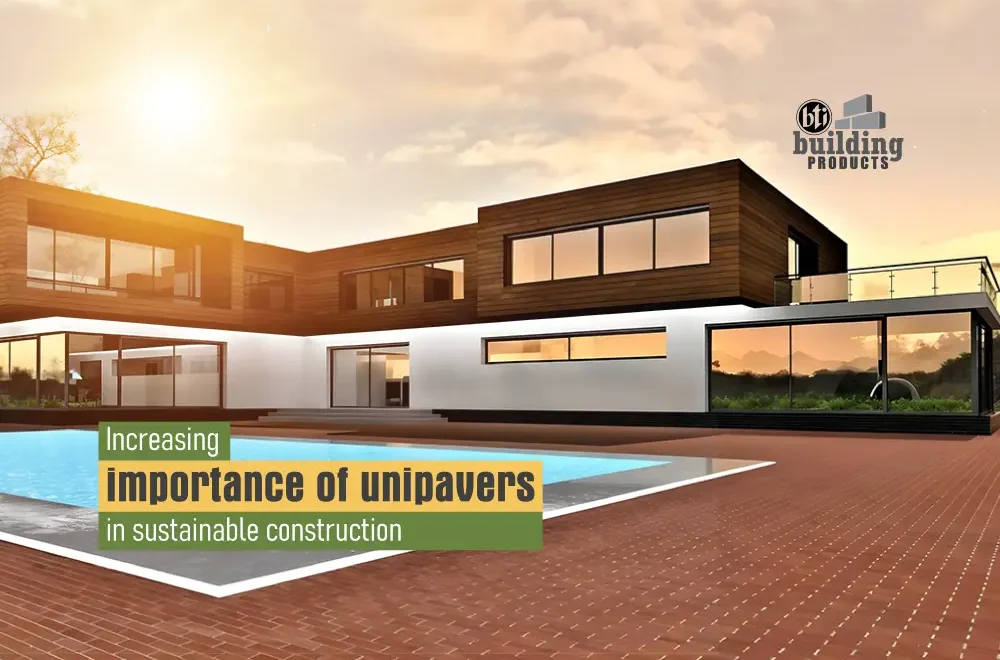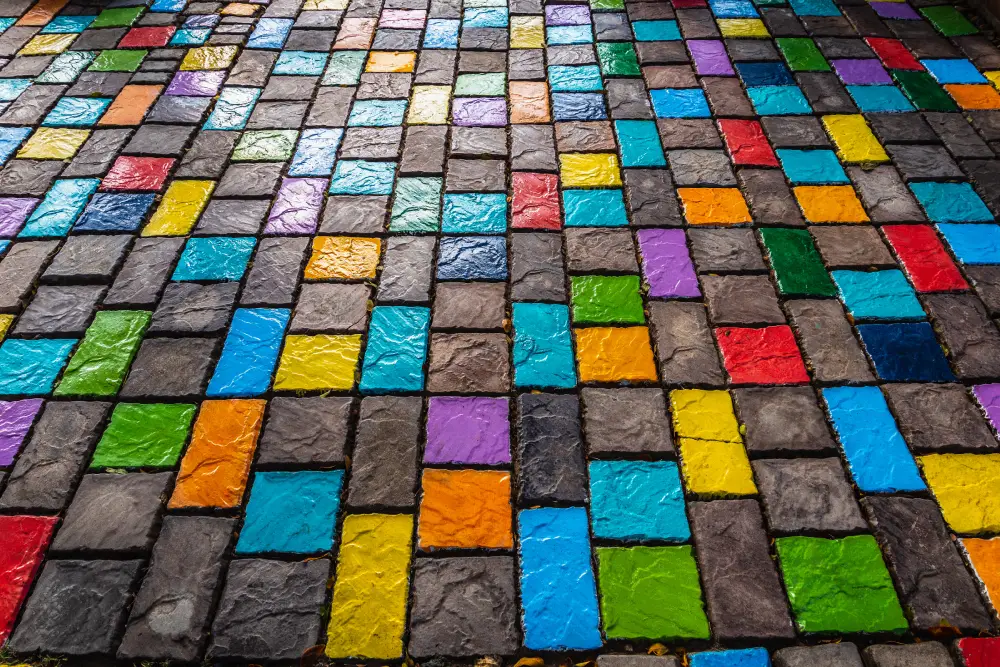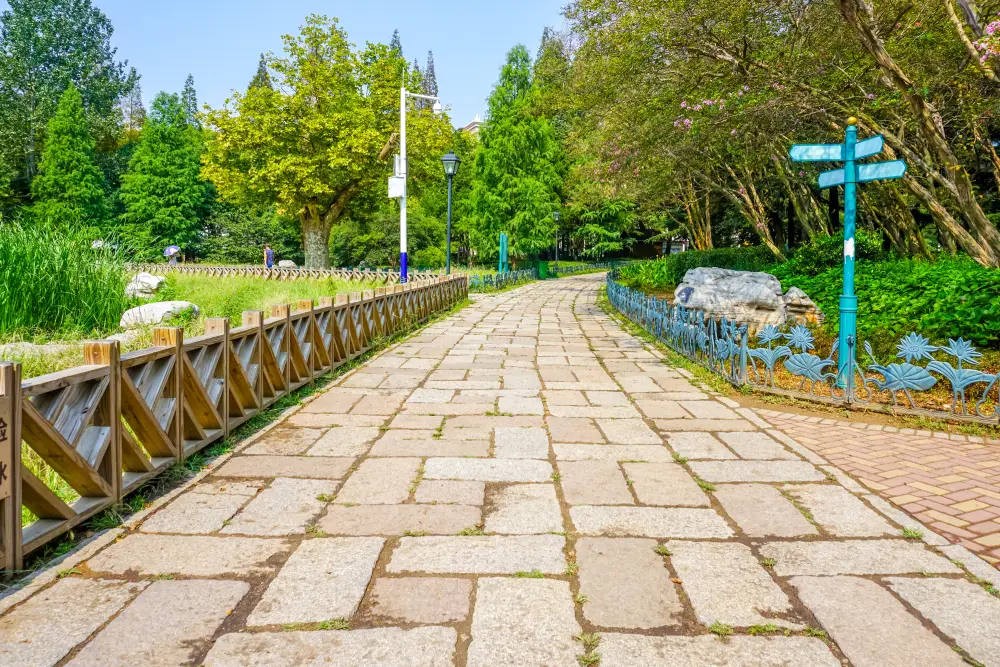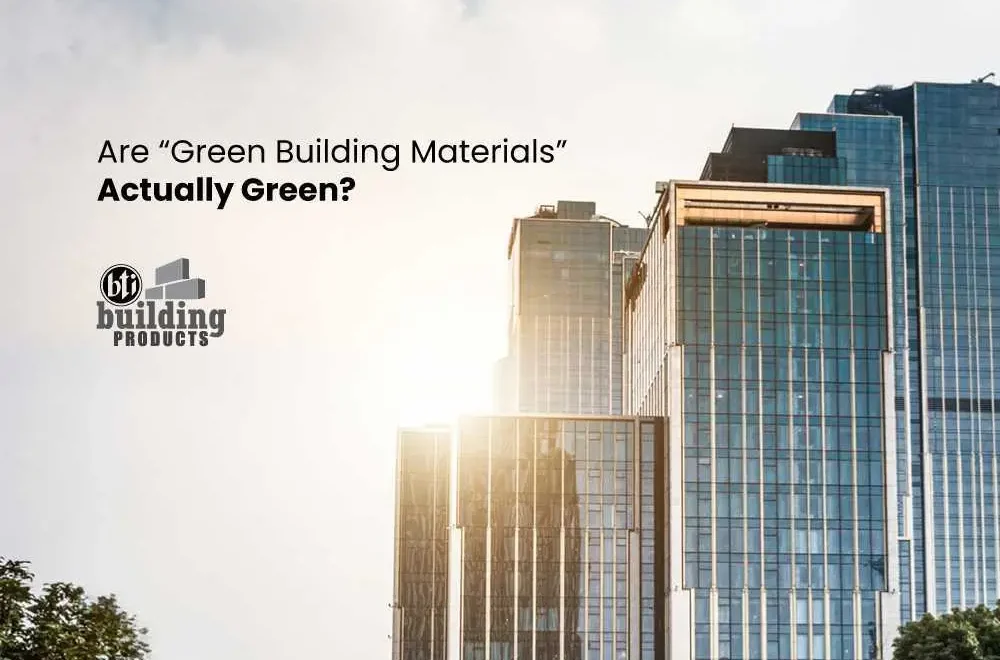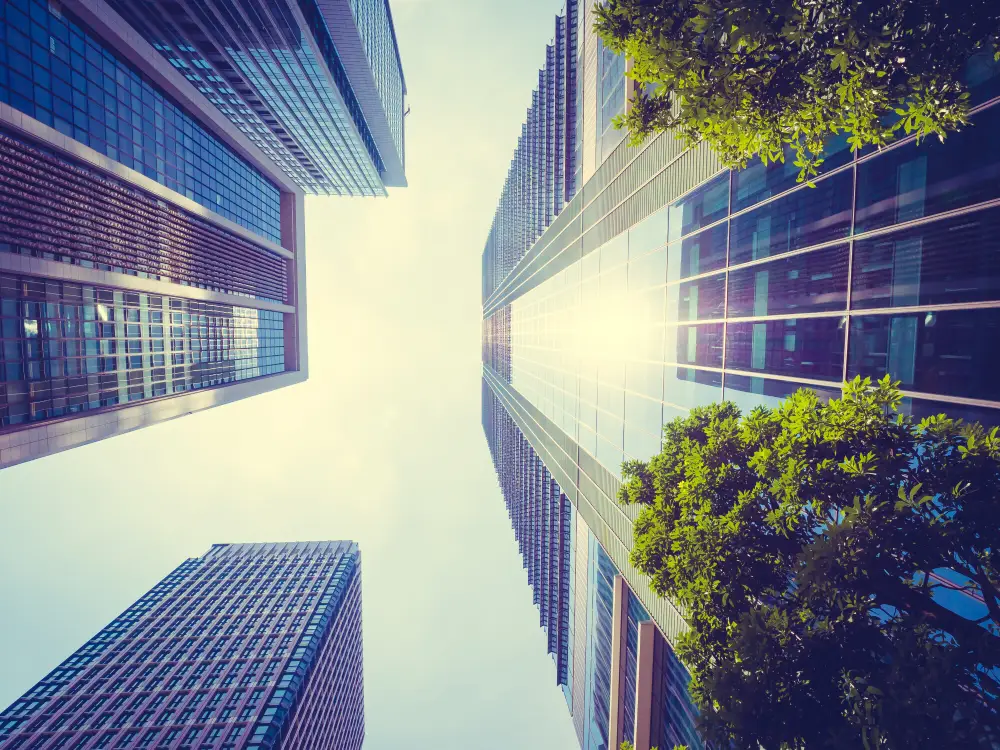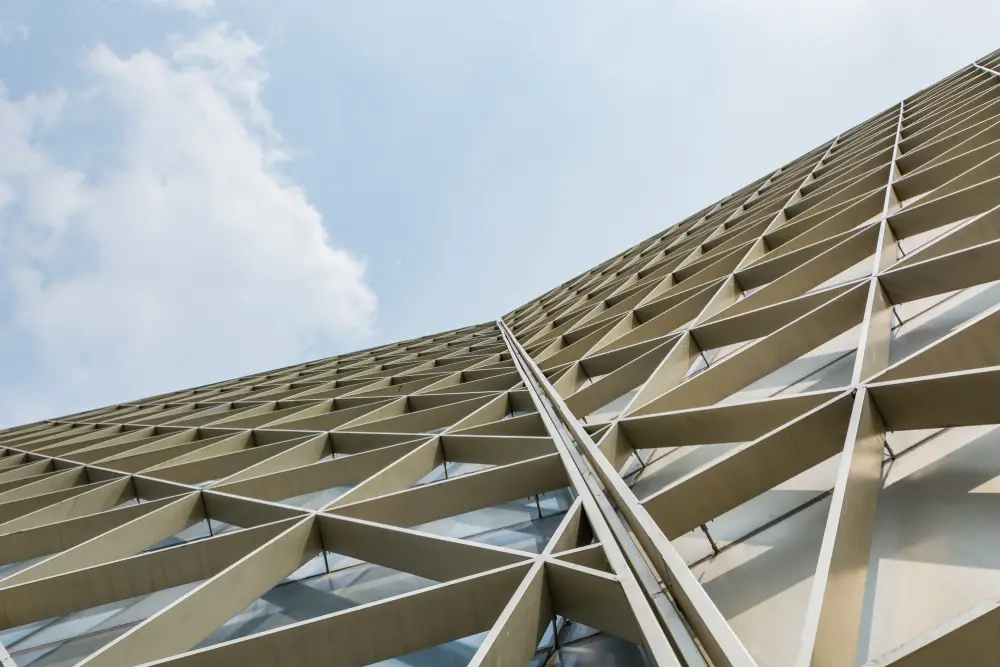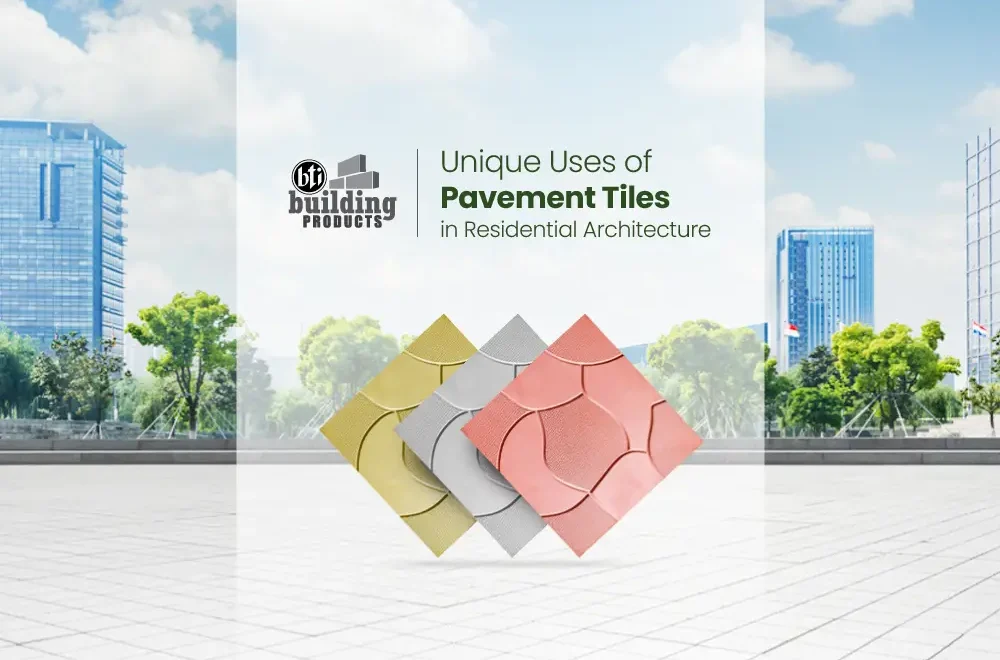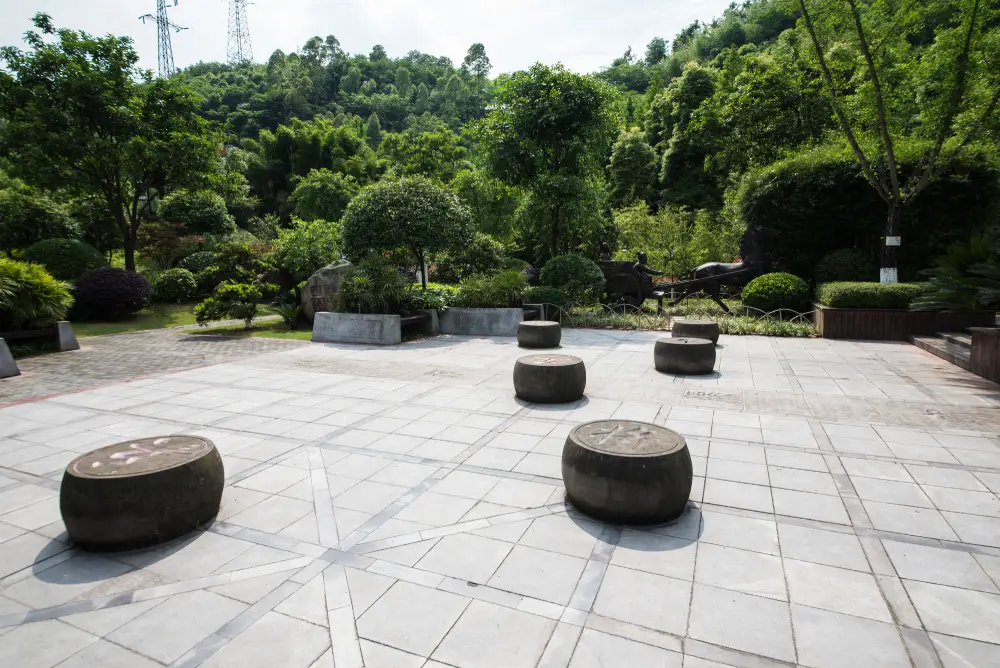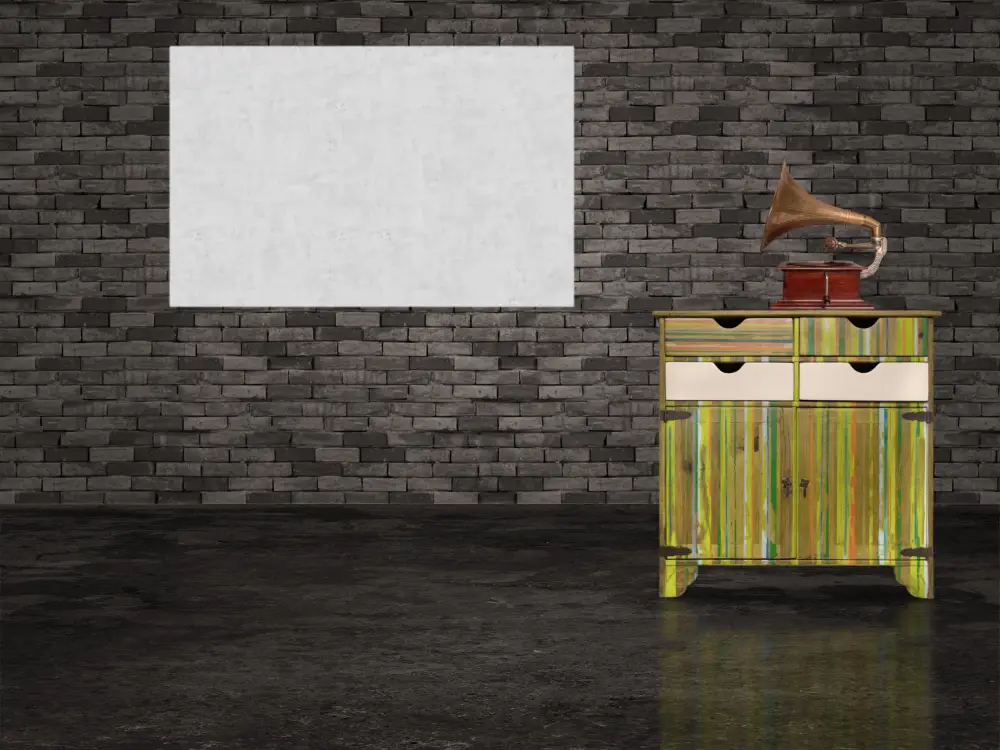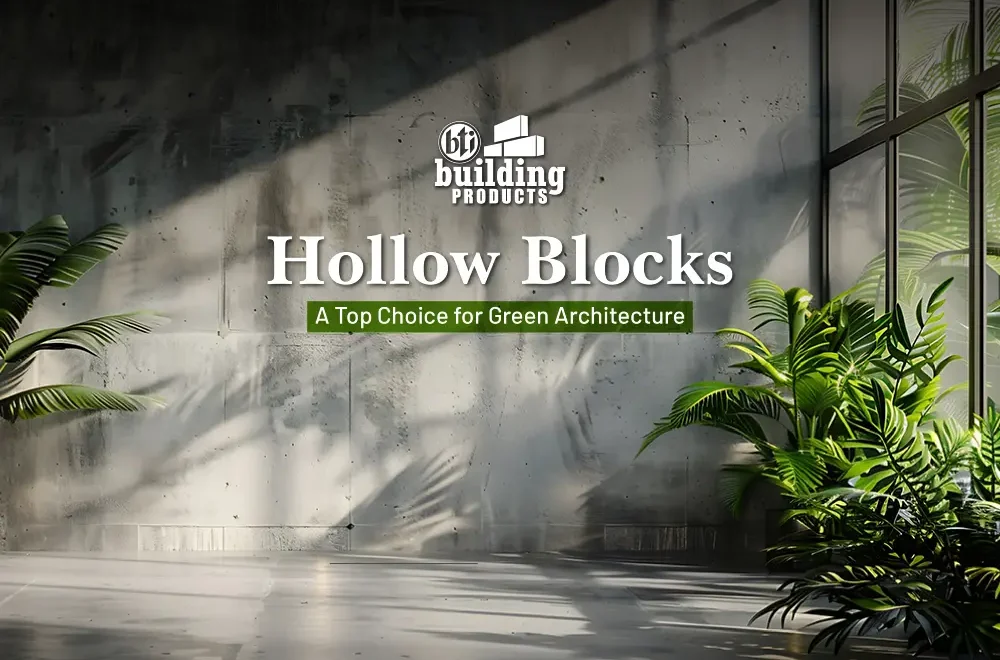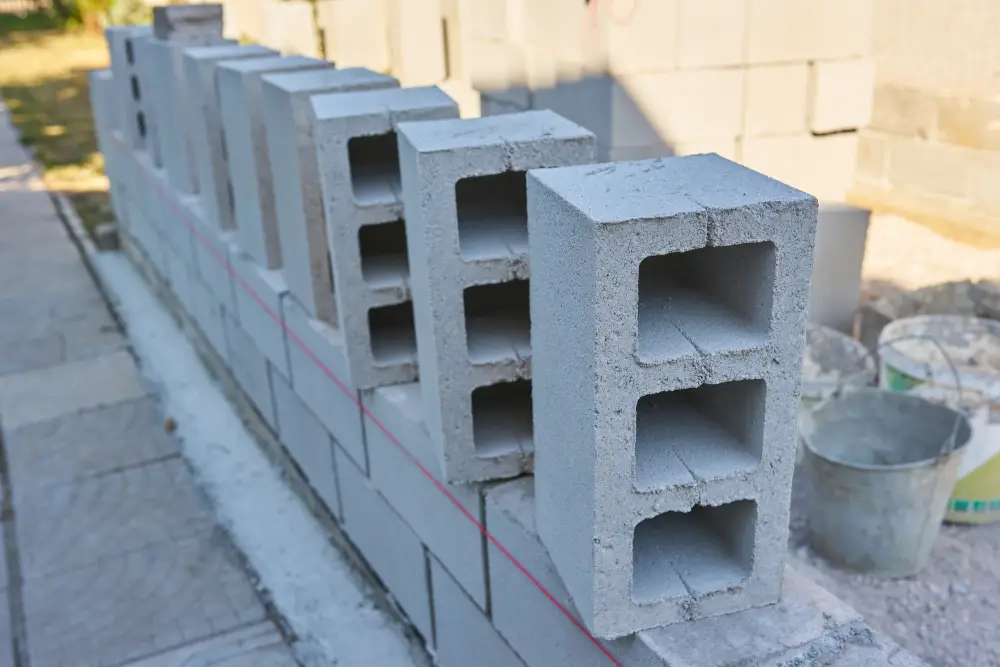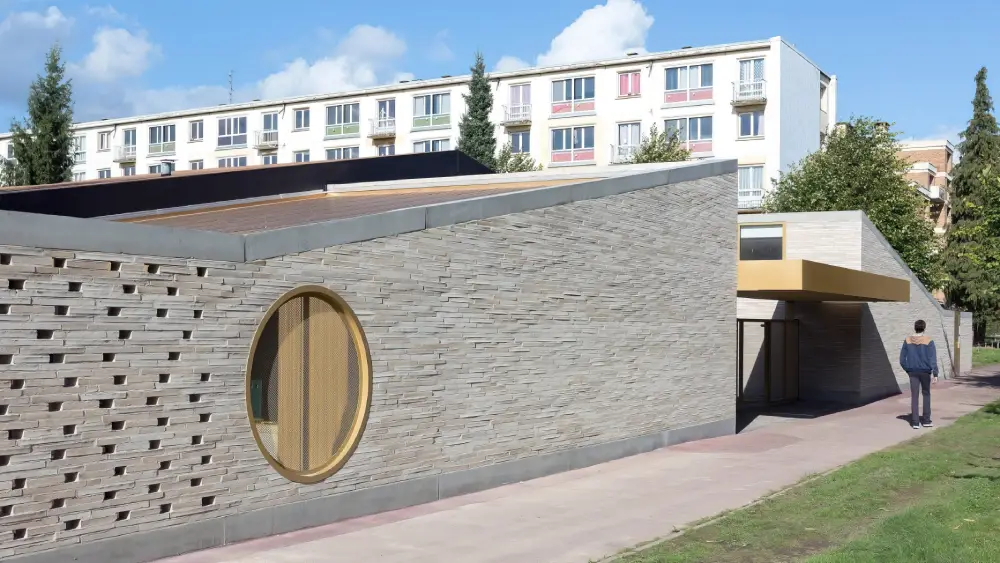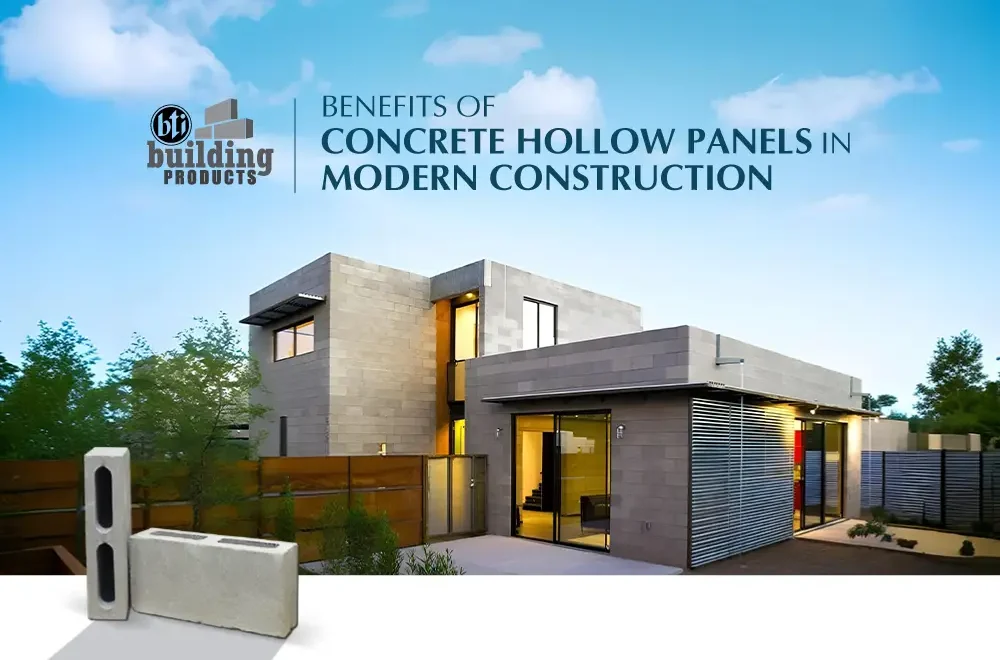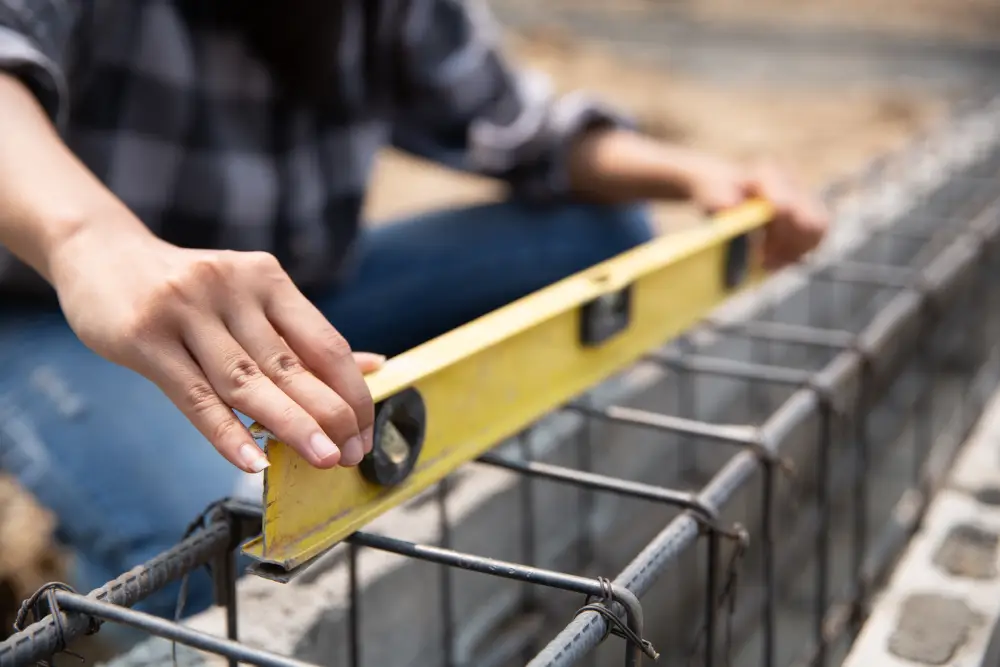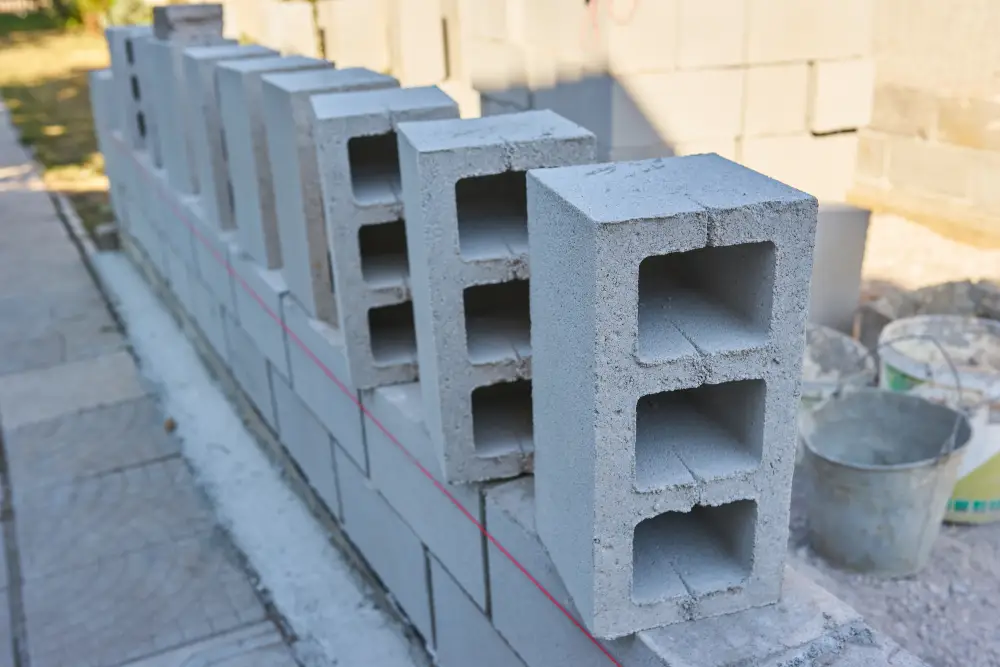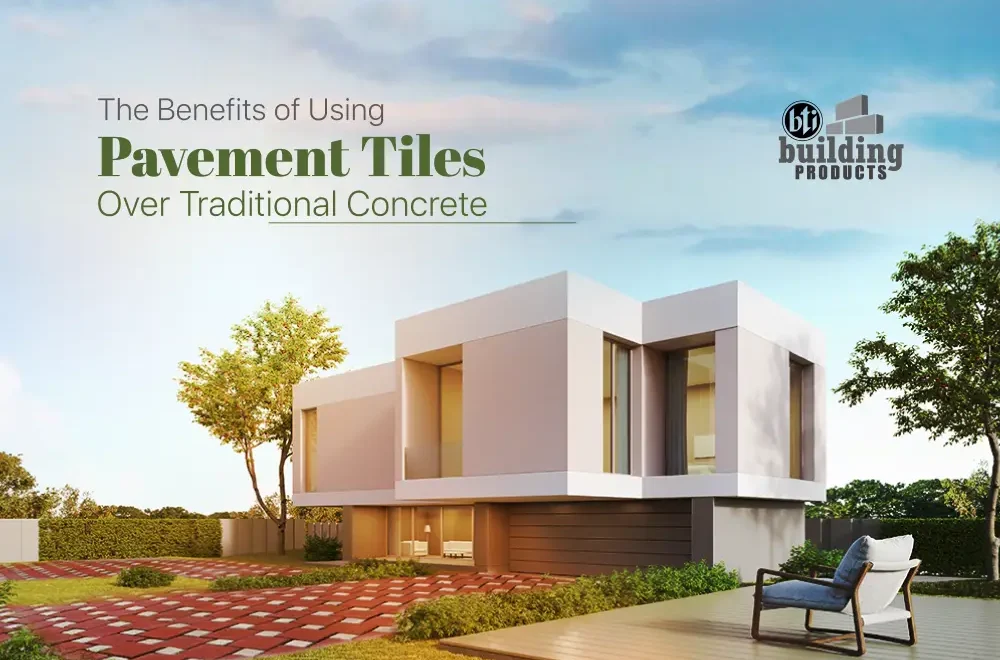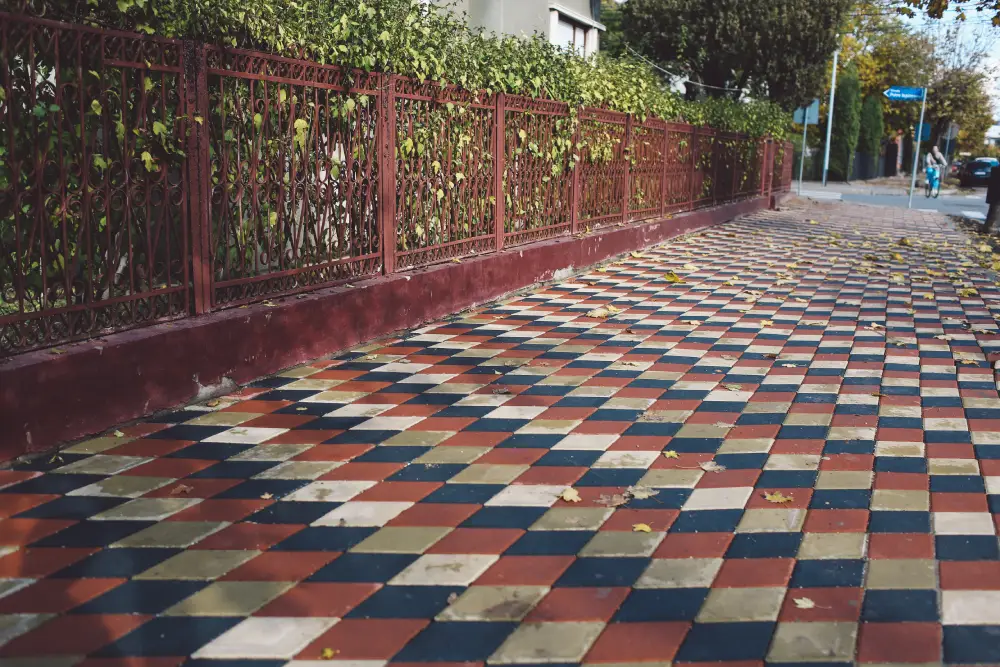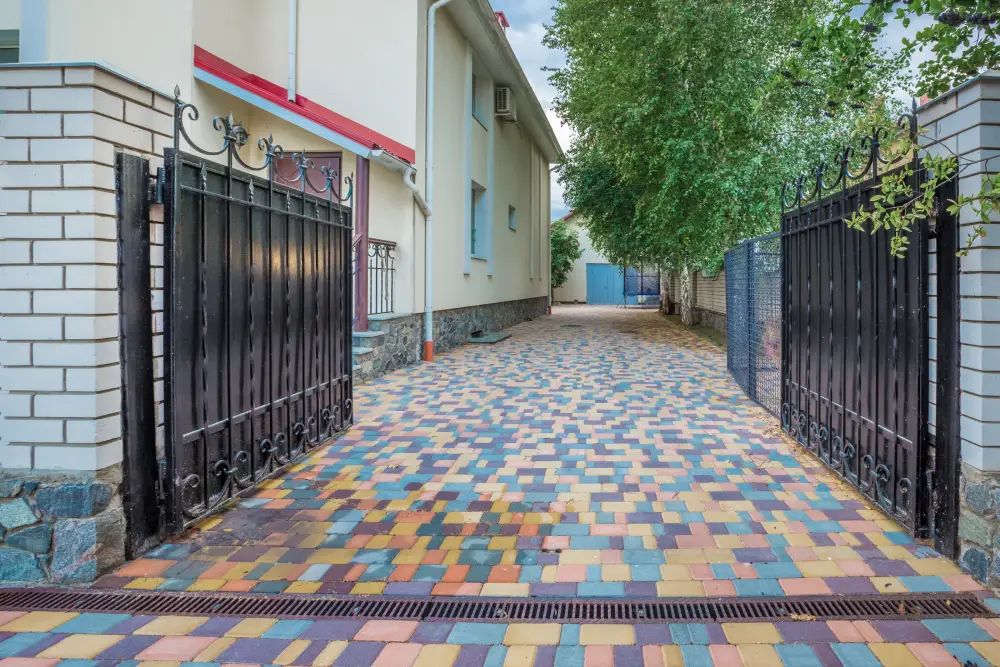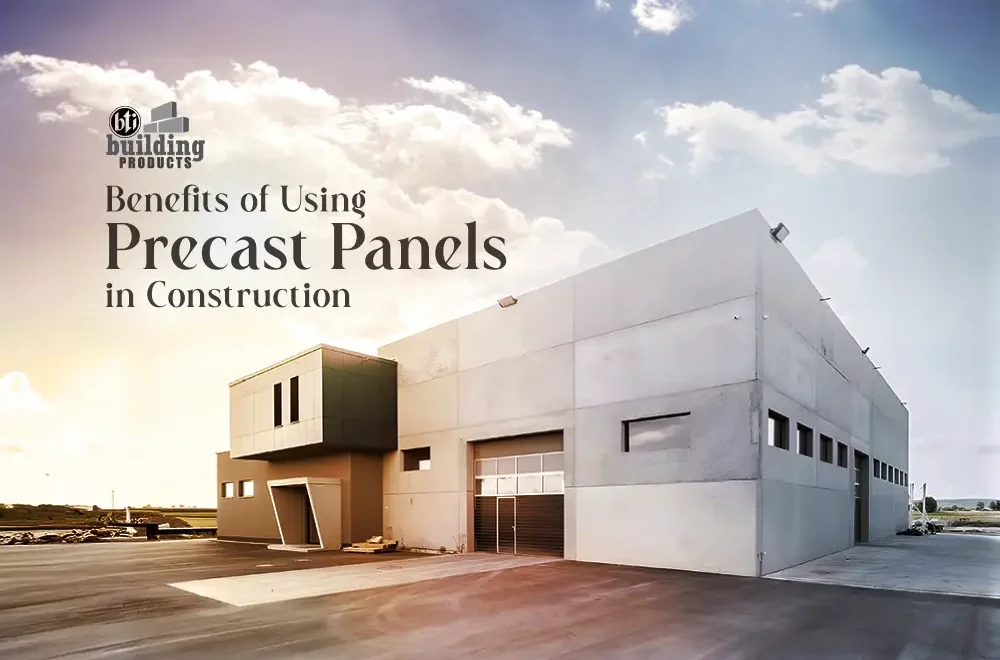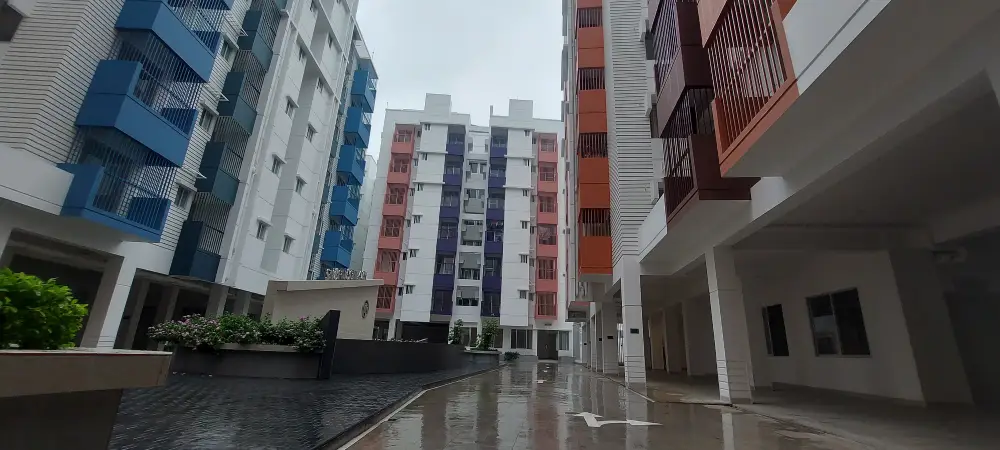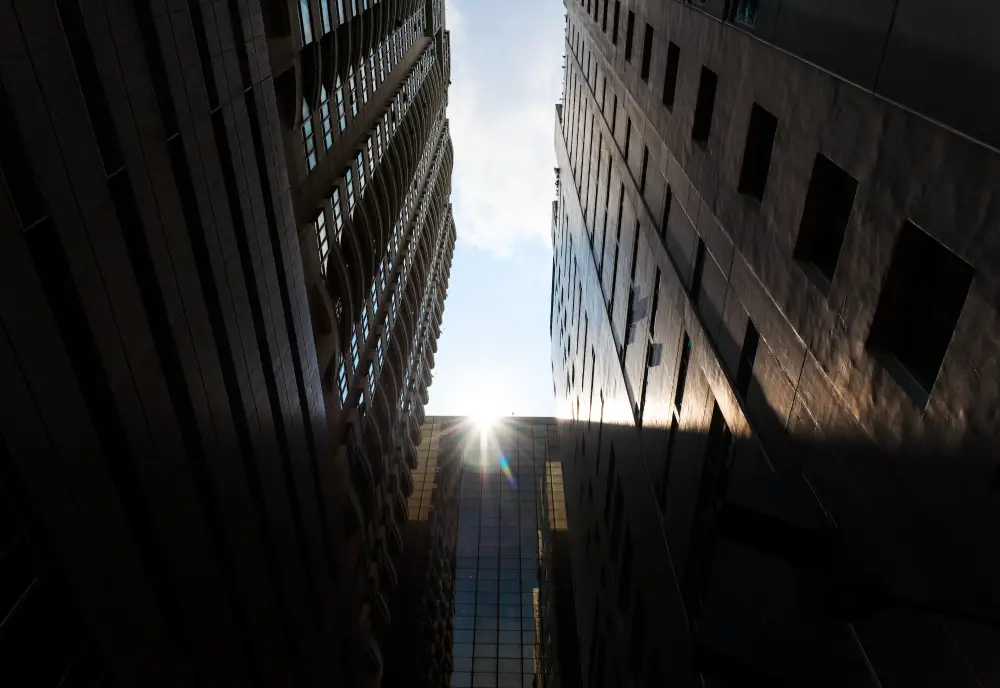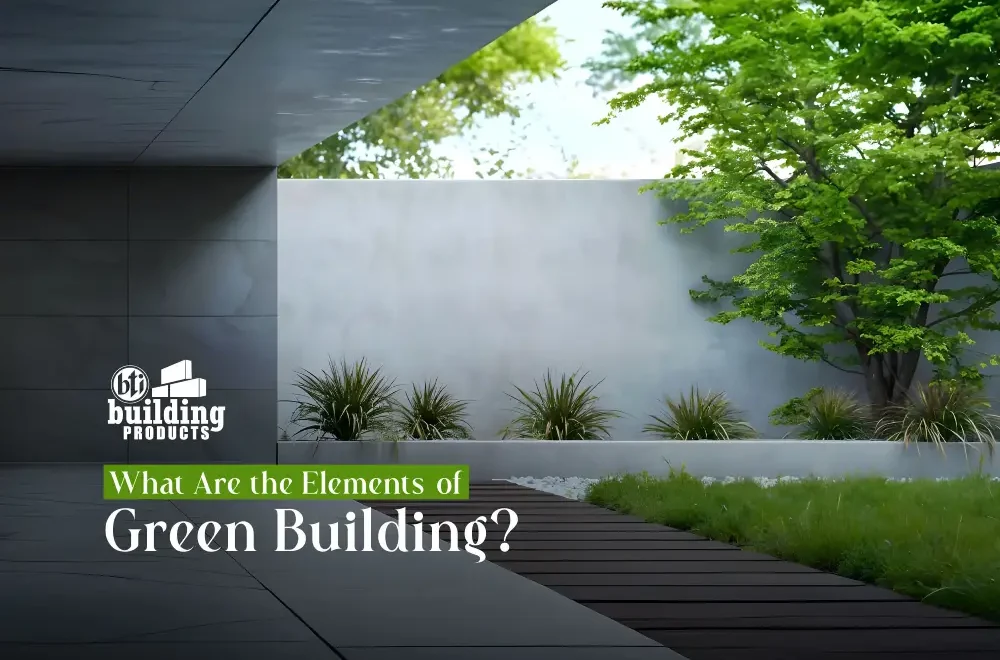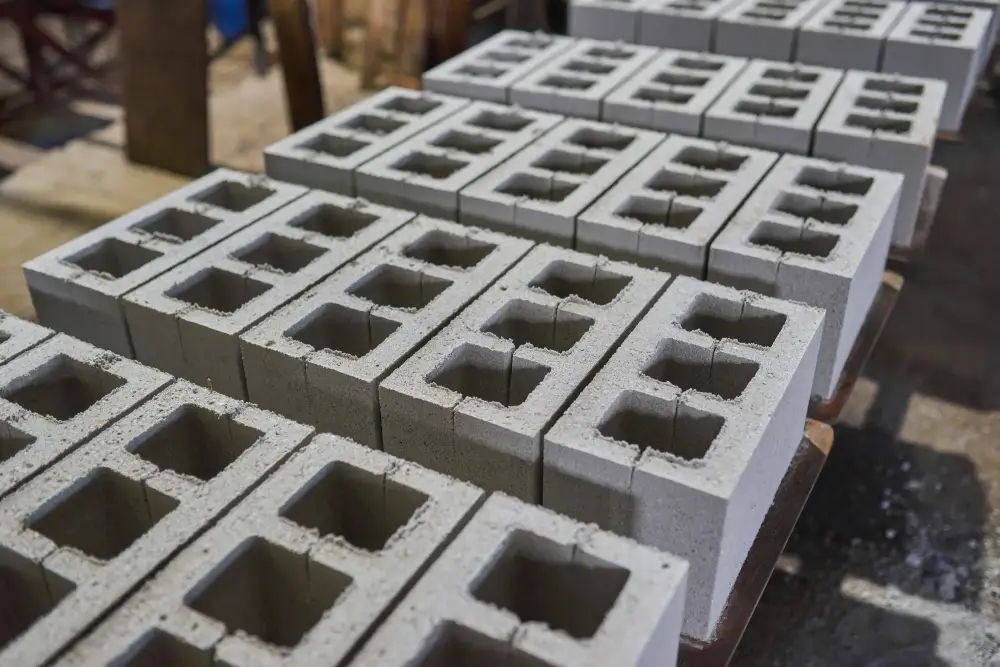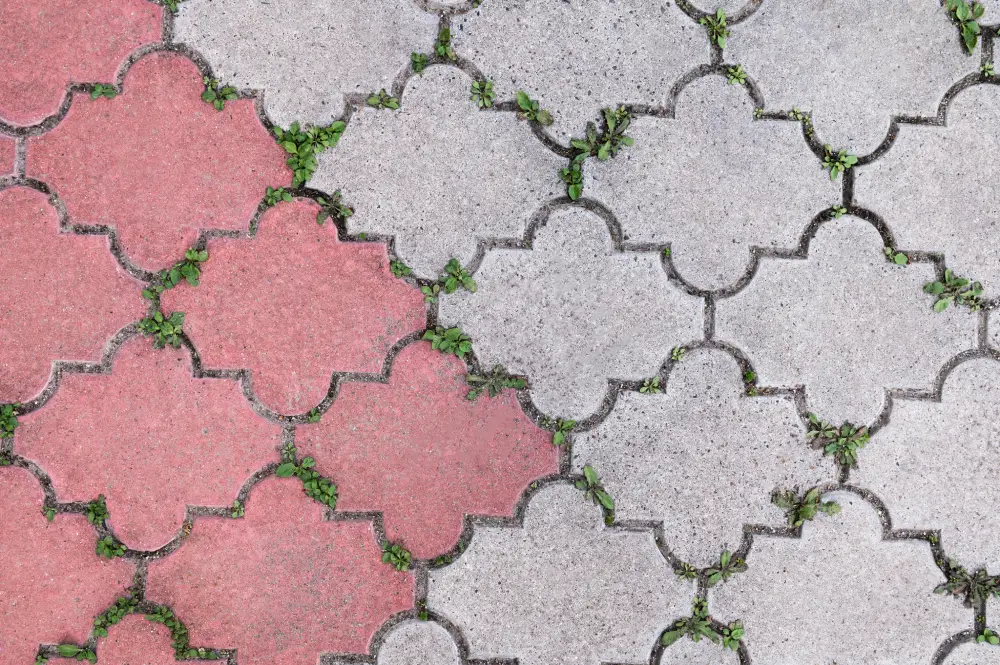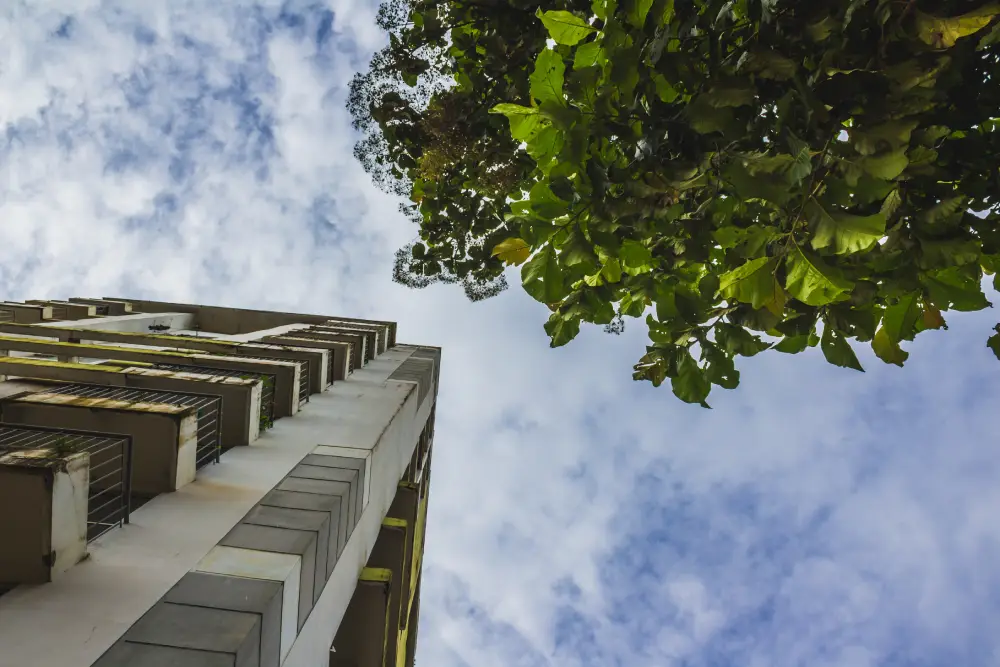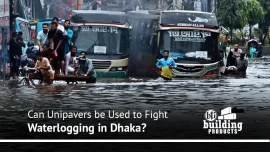Promoting Low-Wastage with Sustainable Building Materials
The construction and real estate industries consistently require a lot of raw materials, and subsequently create huge amounts of waste. Real estate developers in Bangladesh have become very conscious of the sustainability movement, leading to a rise in the use of sustainable building materials. With the world gradually moving towards sustainability to save resources, it has now become imperative for each of us to do our part in saving Earth.
One of the major changes that is rapidly doing better for society is the widespread use of concrete hollow blocks or bricks in place of the traditional red clay bricks. Not only is this step reducing air pollution, but it is also helping save topsoil and thus prevent soil erosion, particularly in low-lying or hilly areas. Hollow blocks are multifunctional, as they make the structure lighter than if made using traditional red bricks. There are also even more benefits to using hollow blocks, such as making the entire structure more lightweight, durable, with up to 70% reduction in heat and sound.
Many real estate developers, especially the renowned ones like bti, are even going a few steps further by incorporating the use of Reinforced Concrete Panels in their structures. These allow for the structure to be more lightweight than before, and as they are often made on-site, they are made-to-measure and there is minimal to no wastage of raw materials. As these use a foam-based binding agent, the resulting blocks are even lighter than hollow blocks. As a result, Reinforced Concrete Panels are a notch better than Concrete Hollow Blocks.
Another item that is also being used in real estate and construction is reclaimed wood. Instead of always getting brand new wood for timber, going for reclaimed wood saves money, and is also great for the environment. Reclaimed wood is usable for many different purposes, including in making furniture that is slightly refurbished or revamped. Reclaimed wood can also be used in beams and columns, especially if it is of high-quality and in good condition. This can be a huge money saver for real estate & construction companies in the long run; as well as being less detrimental for the environment.
A component more recently used in real estate & construction is recycled glass. Modern homes often use bits & pieces of glass in mosaic for flooring, while stained glass pieces are often added to structures to give a more aesthetic feel. Recycled glass usage means that it is cheaper than manufacturing new glass.
Using sustainable materials in buildings has many layers of benefits, not only for the structure in question, but for the society as a whole. Lower carbon dioxide emissions, improved energy efficiency, lower maintenance and operational costs are all benefits the real estate developers and even the society can reap in the long run. Over time, using sustainable raw materials will also improve the quality of air indoors. Above all else, promoting agree or sustainable building materials is necessary as these will acclimate us to a low-waste lifestyle, which will allow us to save crucial natural resources for our future generations.


